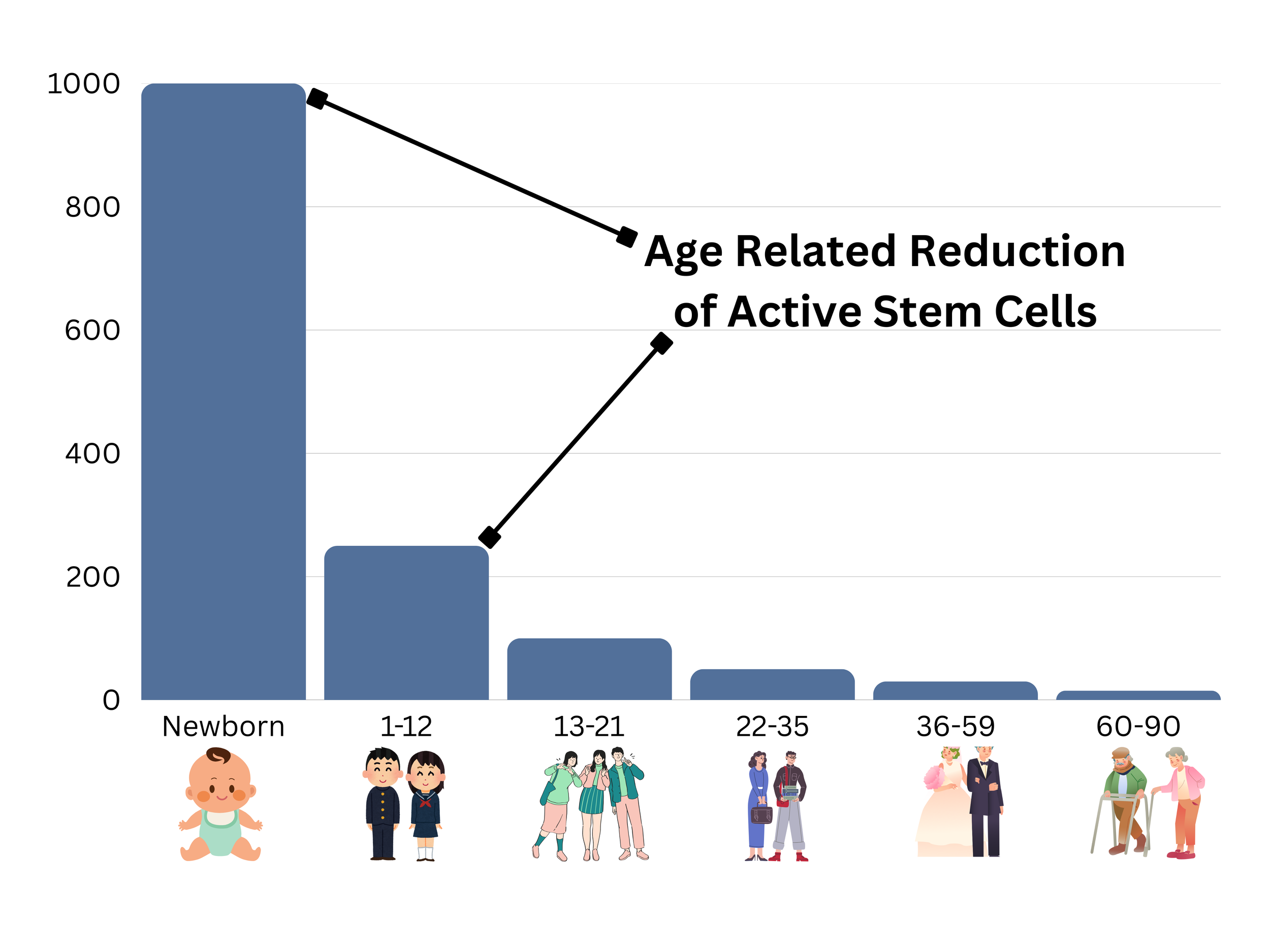
The Future of Regenerative Medicine: Autologous vs. Allogenic Stem Cell Therapy
Age related reduction of active stem cells
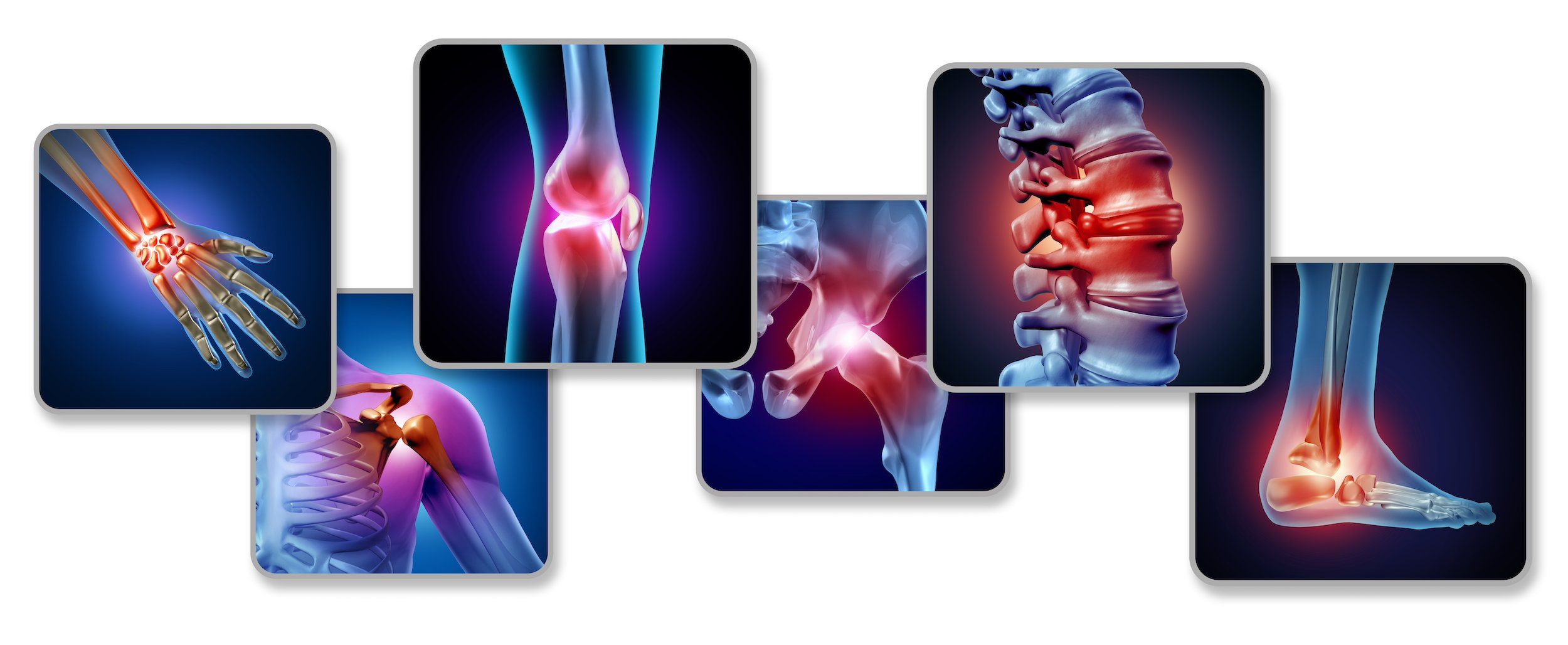


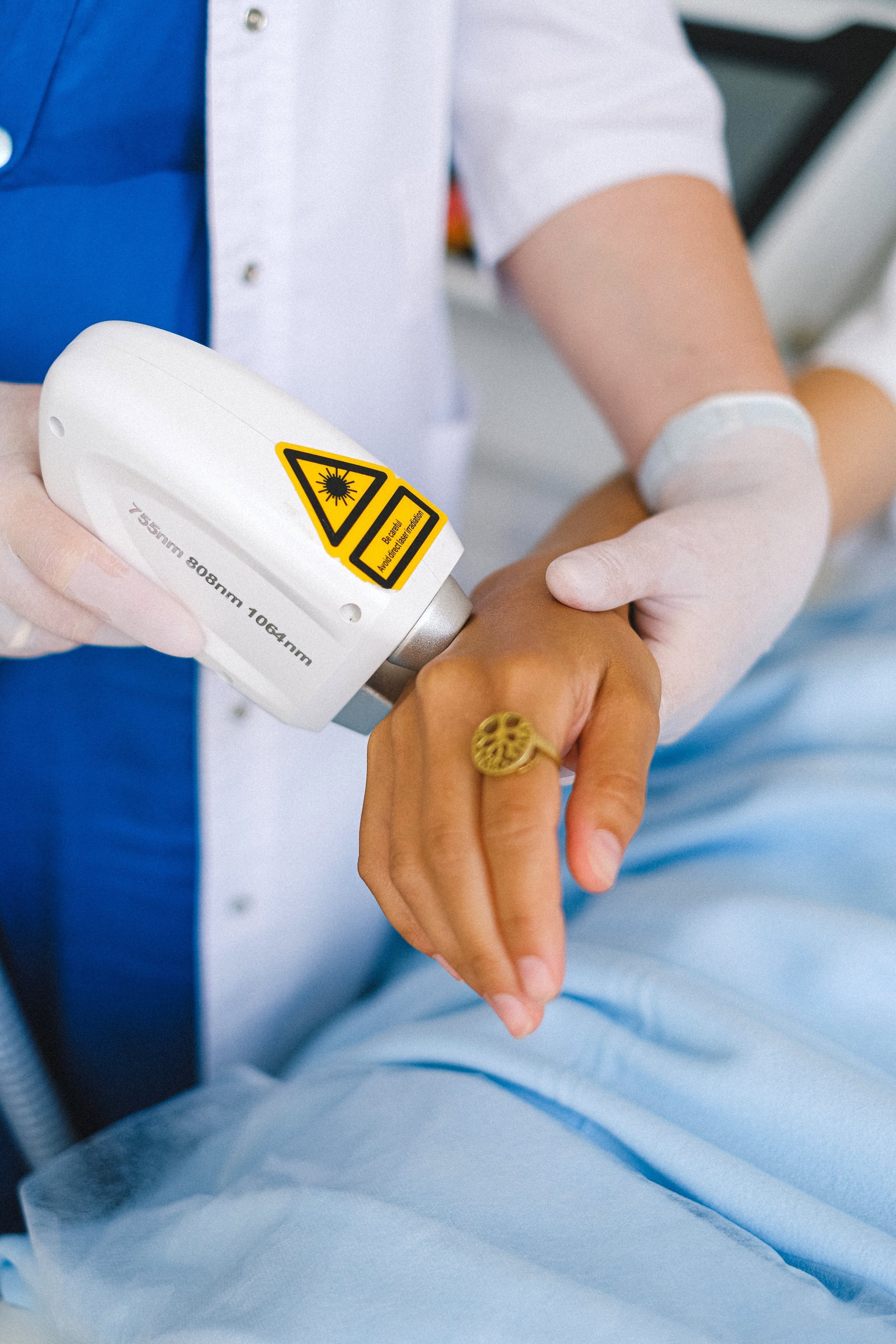
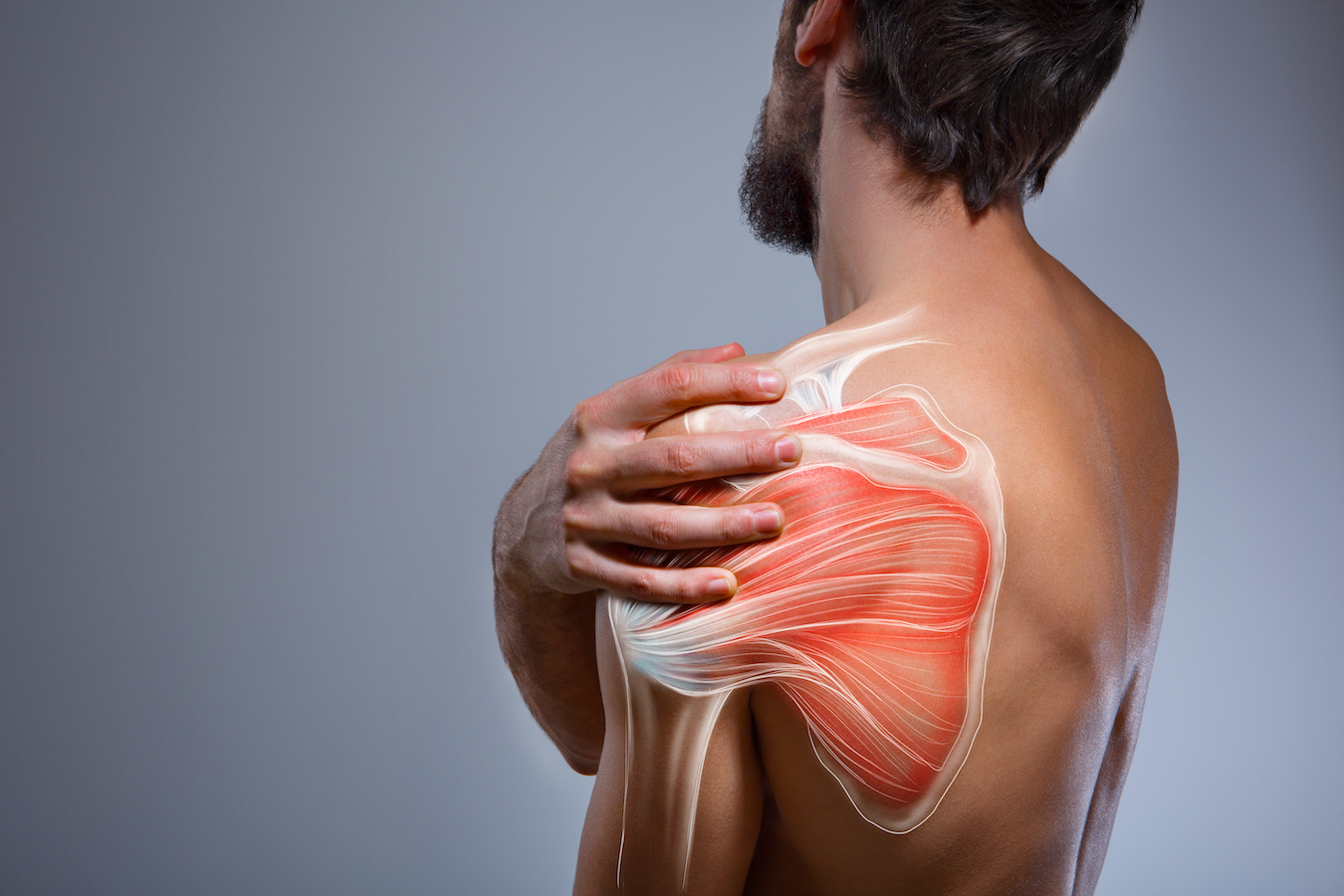
Healing Shoulder Labrum Tears: Exploring Non-Surgical Regenerative Medicine Injections
Shoulder labrum tears can be a debilitating condition, causing pain, limited range of motion, and a decrease in overall quality of life. These injuries can be a career ending condition for baseball, tennis and swimming athletes. Traditionally, surgical intervention has been the go-to treatment option. However, in recent years, non-surgical regenerative medicine injections, such as stem cell therapy and prolotherapy, have gained attention as promising alternatives. Let’s delve into the world of non-surgical regenerative medicine and explore how these innovative treatments can potentially aid in healing shoulder labrum tears.
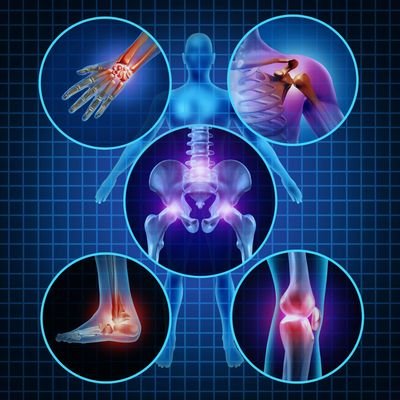
Revolutionizing The Treatment Of Sports Injuries: The Remarkable Benefits of Regenerative Medicine
Regenerative medicine has emerged as a groundbreaking field, offering new hope and innovative solutions for athletes and sports enthusiasts recovering from injuries. Regenerative medicine focuses on harnessing the body's natural healing abilities to repair damaged tissues and promote long-lasting recovery. The traditional medical approach is to immobilize the injured area, prescribe anti-inflammatories and pain medications, recommend physical therapy, and, if all that fails, perform surgery. By promoting the natural and powerful ability of the body to heal, regenerative medicine can be the most effective strategy to not only recover from an injury, but to heal better, faster, and stronger. At Sarasota Sports Medicine, we utilize a revolutionary process of regenerative therapies that gets our patients off the sidelines and back in the game in record time.
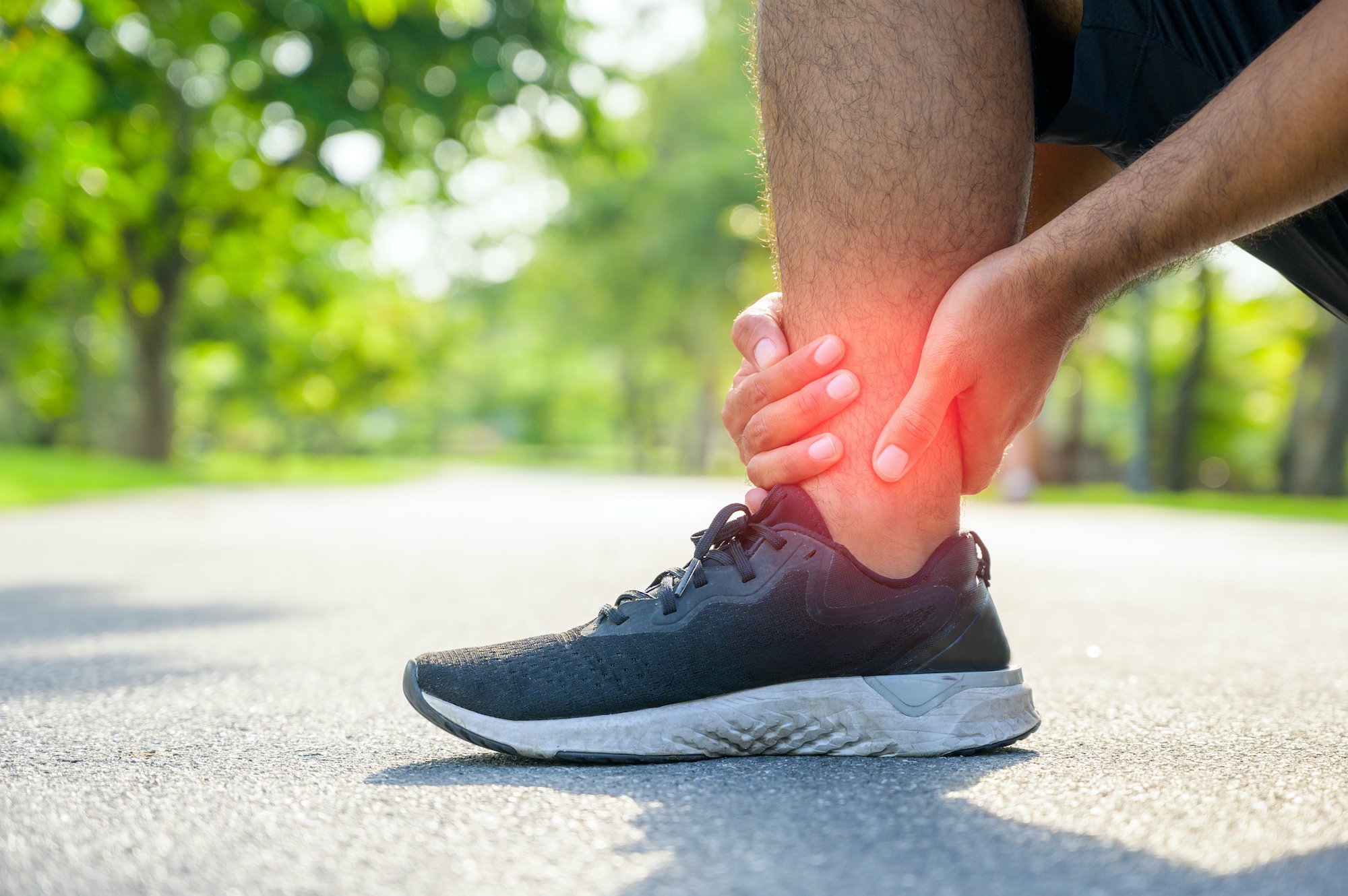

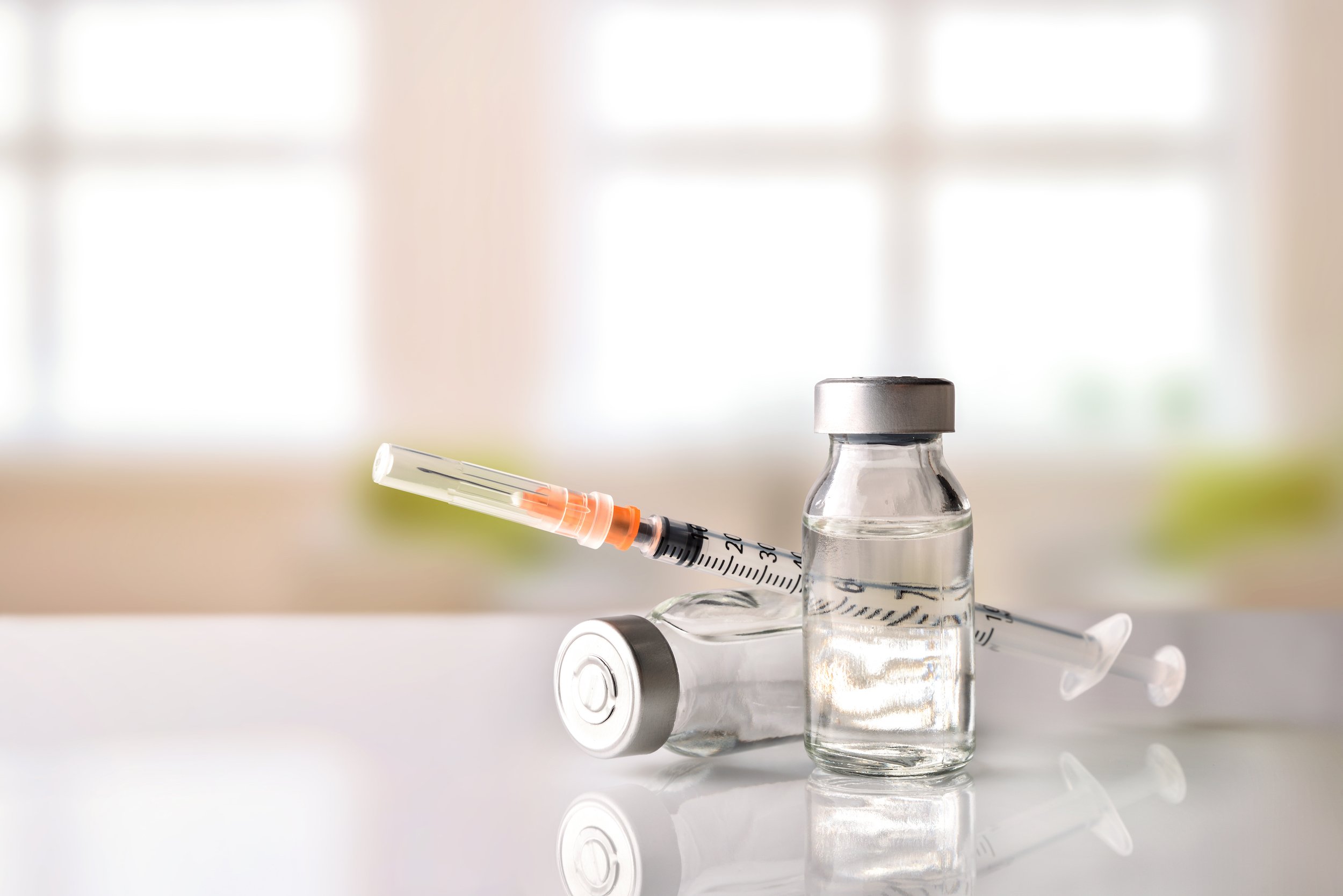

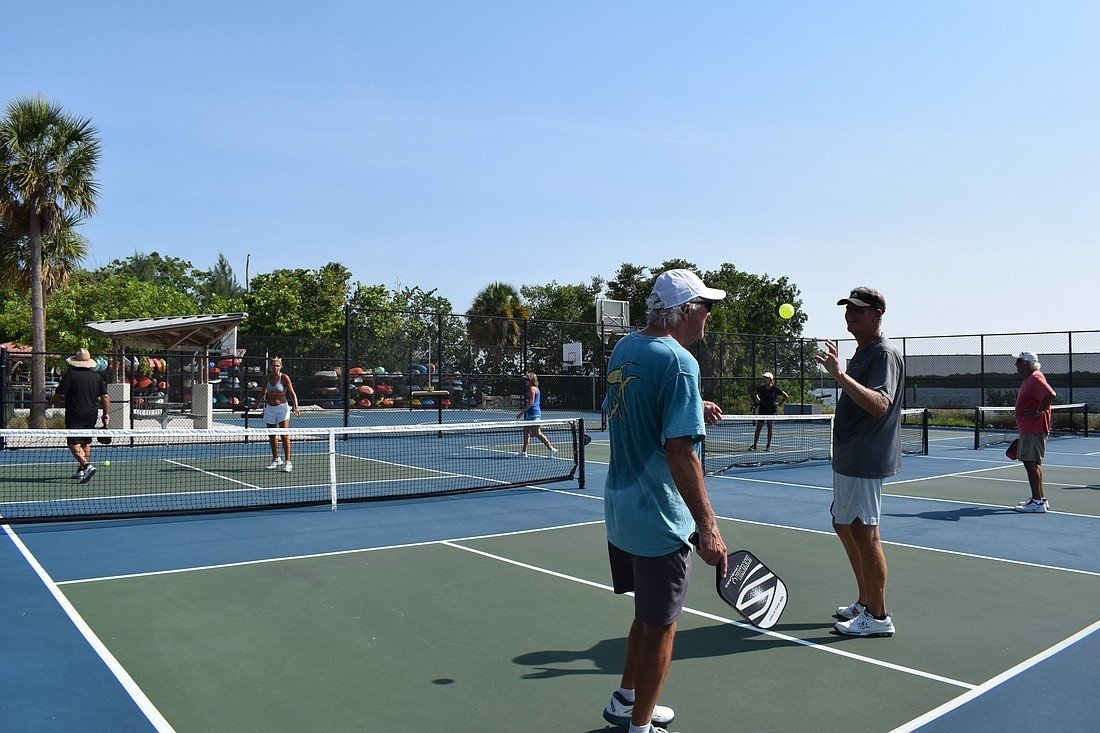
Stay on the Court by Preventing Common Pickleball Injuries
A local doctor, instructor and recreational player share the best way to avoid injuries while playing pickleball. By Petra Rivera Longboat Key Observer
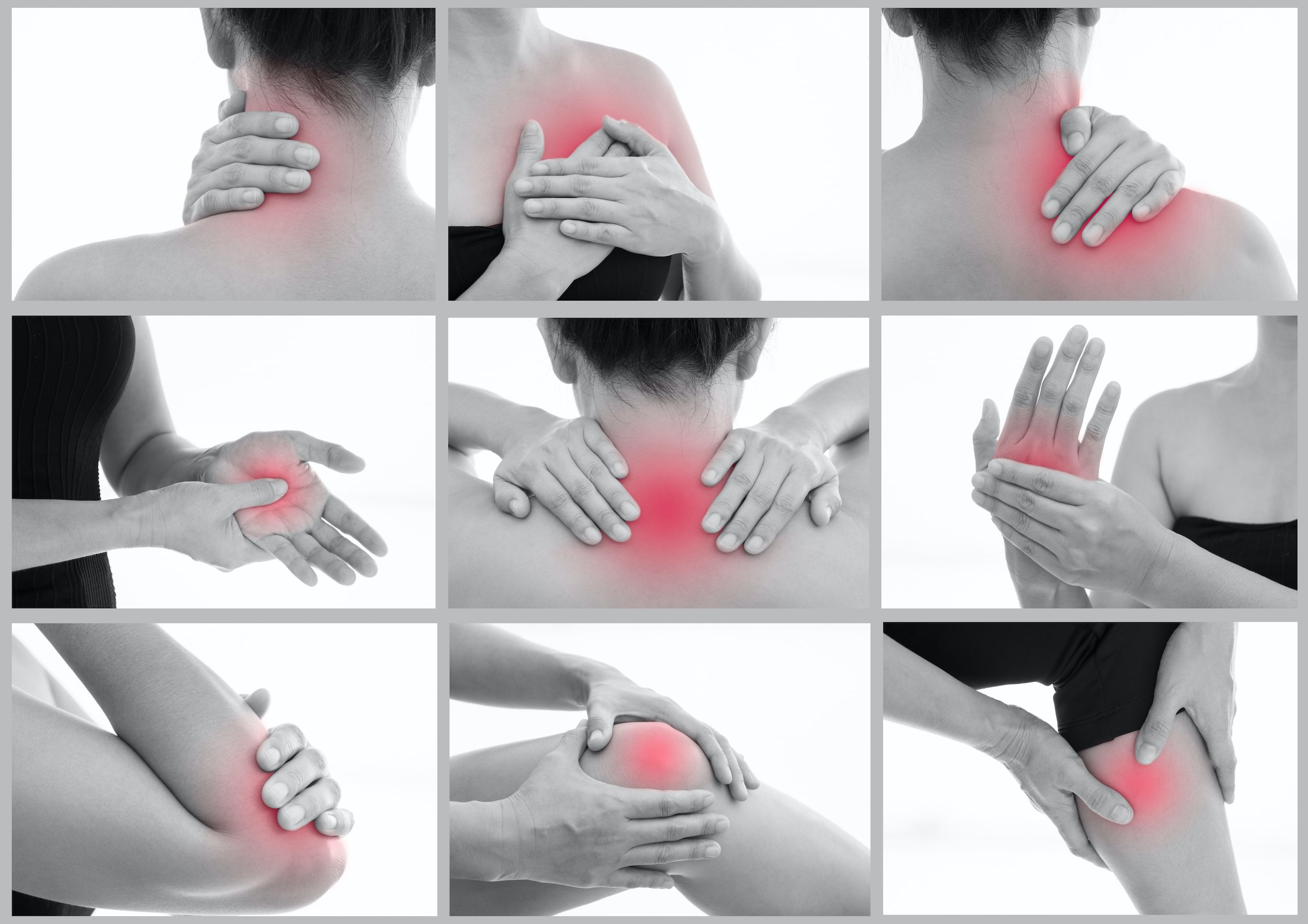
HEALTH PROBLEMS CAUSED BY INFLAMMATION
When we think of inflammation, we think of the body's natural immune response to an injury or infection. But what is going on in the body to cause it?
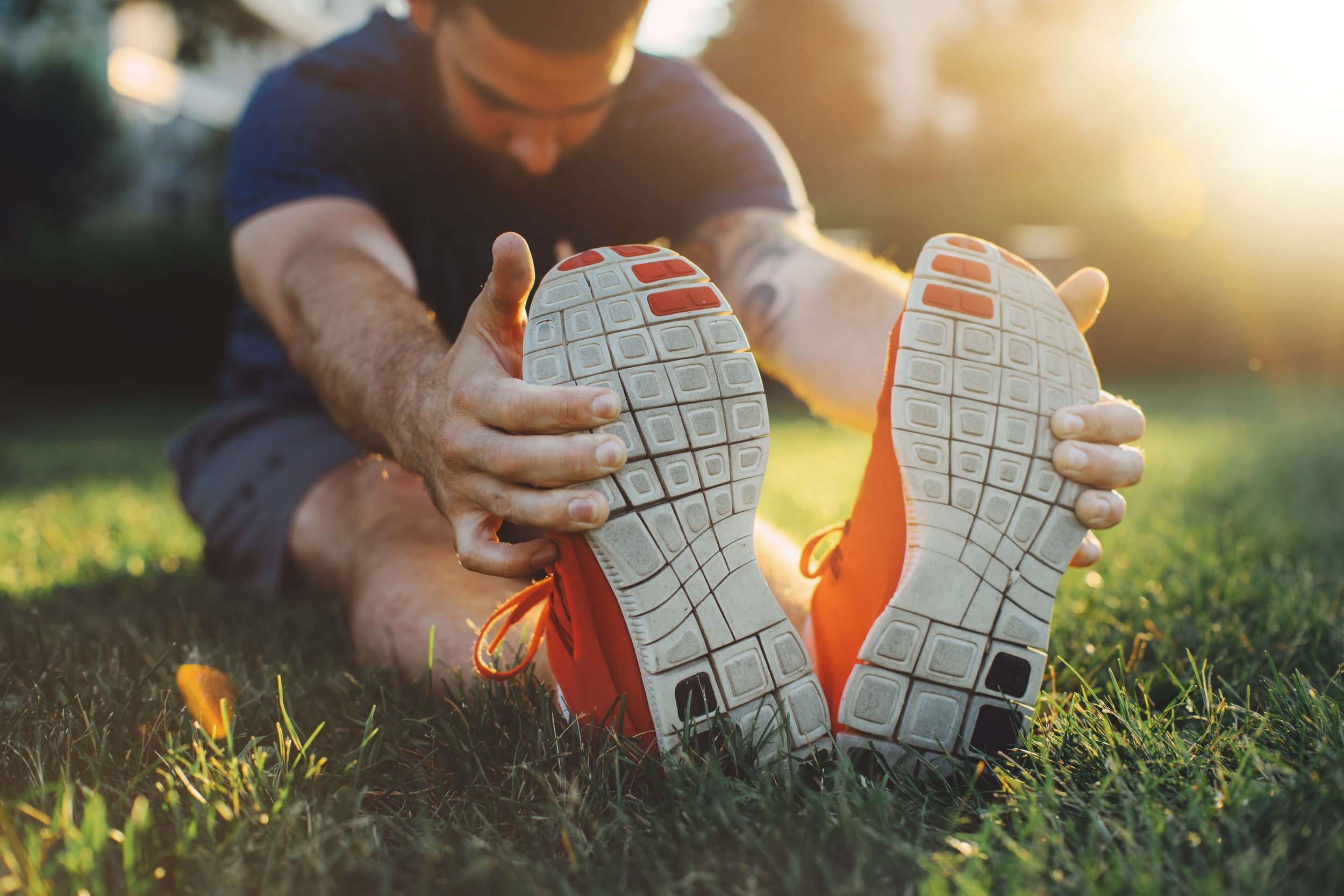
No Benefit of Stretching to Speed Recovery or Prevent Injury
A common question in clinical practice is; "What stretches should I do to recover from my injury". As we were growing up, we often lined up to stretch before and after our activities at school. So, in an effort to "do something", patients will often be motivated to do some stretches to get rid of those pesky aches and pains from a workout. But, the fact is; Stretching before or after a workout, does NOT reduce the risk of injury or, help you recover from an injury.

The Top 5 Healing Nutrients
Following an injury, most of us take some steps to deal with the injury by resting and take some time off. If severe enough, we'll go to a doctor or therapist for some treatment. Of course, we don't ice our injury after reading; Come Out Of The Cold - Why icing injuries delays recovery and slows healing. But, now, what other steps can you take to help heal faster and get you off the sidelines and back in the game?
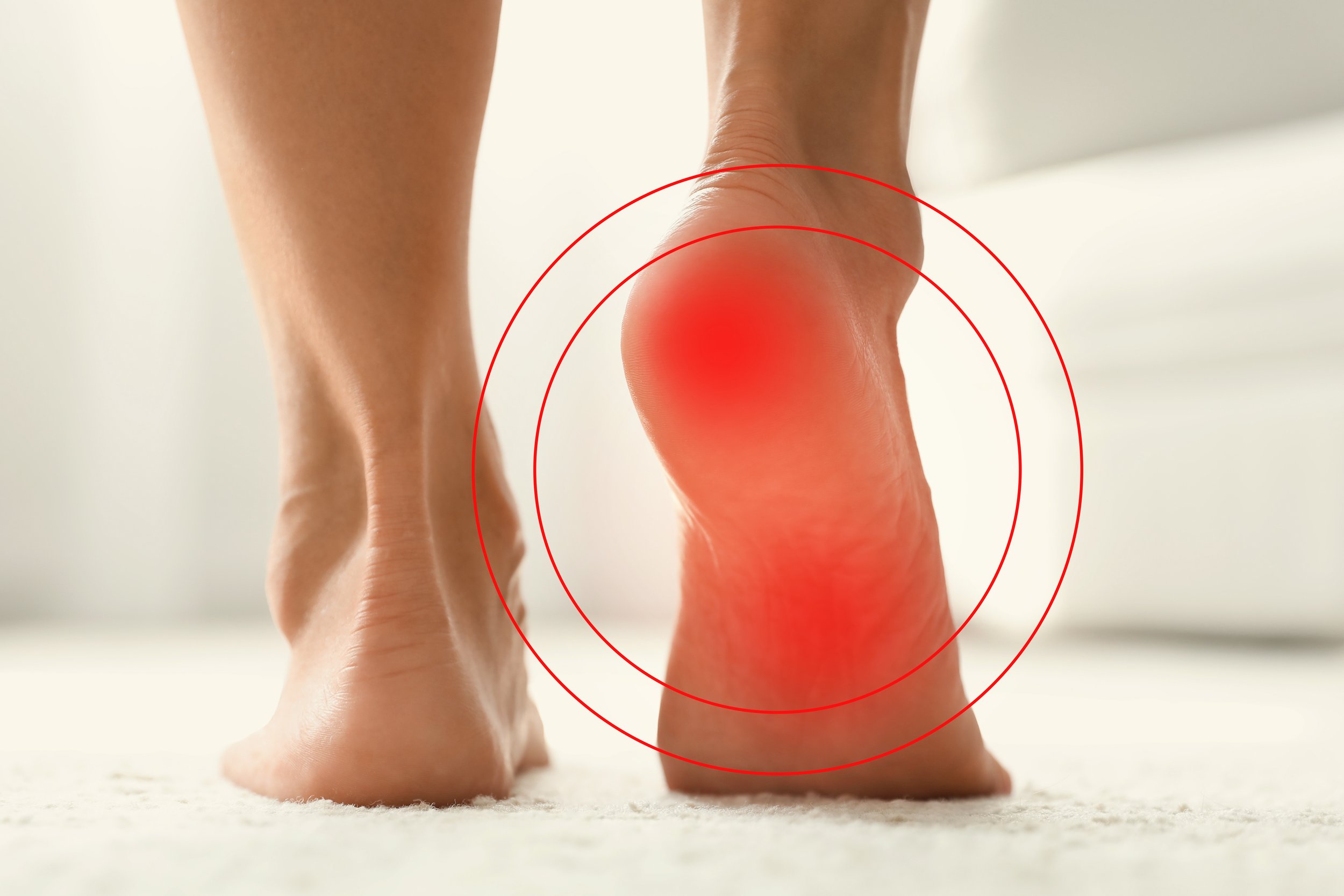
The Role of Inflammation in the Repair of Injuries
Many people consider inflammation a bad thing. When suffering from aches and pains, they'll reach for the Advil or Motrin, two of the most well known non-steroidal anti-inflammatories. They'll also reach for the ice pack to reduce inflammation. If you've were able to download the ebook, "Come Out of The Cold - Why icing injuries delays recovery and slows healing", you know that is the exact wrong approach. If you don't have that ebook, you can download it here:
